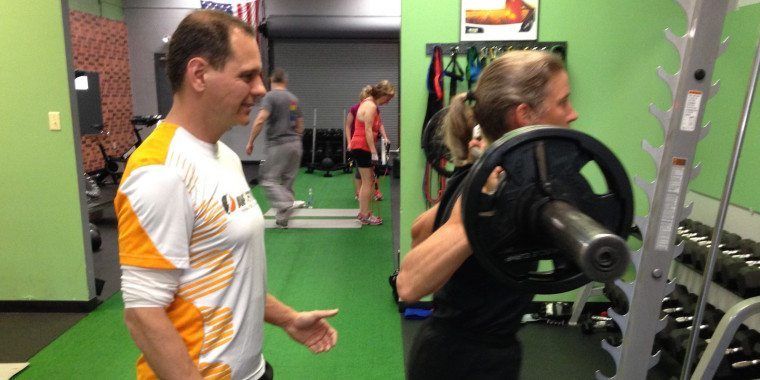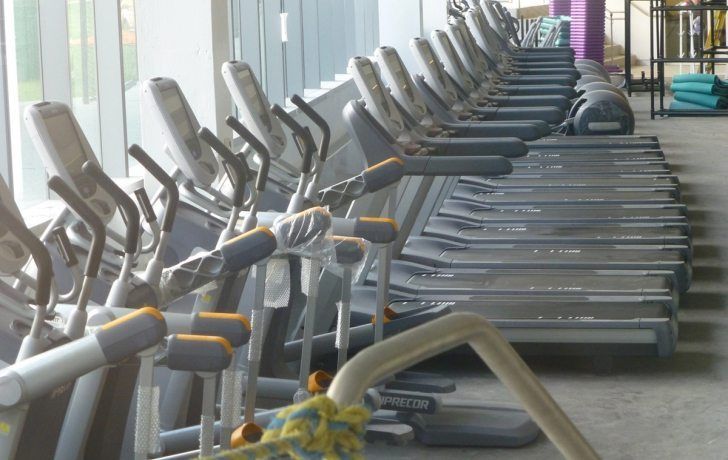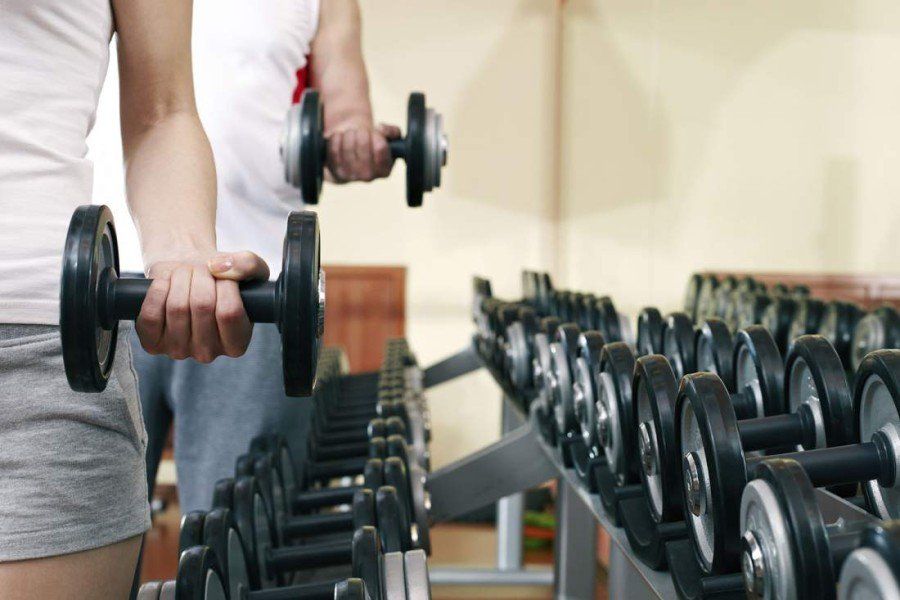Exercises and exercise routines don’t fall into simple categories like “good” or “bad,” but many people, especially when they are first starting an exercise regiment, have some pretty bad exercise habits that, over time, can lead to an injury.
Everyone has a different level of tolerance and fitness, so during training it is important to remember that what is safe for one person may cause an injury in another. In general, high-risk exercises require more fitness and skill to be done safely. Plyometrics, for example, are great for building explosive power, but only work well for a highly trained person using perfect form. When performed by a beginner with limited skill or fitness, plyometrics can lead to a variety of injuries.
While it’s best to learn about exercise safety from a certified fitness professional, it is also important to use common sense and avoid exercises that aren’t right for your fitness level. Listen to your body and when in doubt, back off. You can always increase your intensity during your next workout.
Here are eight common exercise mistakes, courtesy of sportsmedicine.com, that you should avoid.
Working Through Pain: Pain is your body’s way of telling you something is wrong. Ignoring this message and pushing on is the fastest way to get a serious or chronic injury. Although it seems obvious to stop if you feel pain, many athletes exercise with pain. Don’t. If you feel pain, stop what you are doing and rest.
Skipping Rest Days: Any exercise routine that lacks rest days is potentially unsafe. A large number of sports injuries are the result of overuse. These injuries occur from simply doing too much exercise. To avoid overuse injuries, balance rest days with exercise to allow the body to recover from the stress of training.
Related: Benefits of rubber band resistance training
Doing Only One Type of Exercise: Doing the same exercise day after day may help you become very skilled at a sport, but it is another way to end up with an overuse injury. Stressing the same muscle groups and performing the same movement patterns repeatedly can put a tremendous amount of strain on muscles, tendons and ligaments, causing irritation, inflammation and even stress fractures. Even if you successfully avoid an overuse injury, you may end up with muscle imbalance, weakness, tightness and alignment problems. To avoid these problems, vary your exercise training routine. Do a variety of different types of exercise and cross train.
Performing Uncontrolled or Sloppy Movements: Sloppy or uncontrolled movements occur for a variety of reasons, including fatigue, lack of appropriate skill, going too fast and a lack of attention. When you are exercising, it’s essential to be in control of your body. Sloppy execution or poor control is a set-up for injury. Even the safest exercise can become unsafe when done in an uncontrolled manner.
Forcing Unnatural Joint Movement: Any unnatural joint movements put you at high risk for an injury. Unnatural movements are typically caused by using a machine that isn’t designed for your specific body shape or size and forces your joints to move in a way that doesn’t follow your normal range of motion. One exercise that forces an unnatural joint movement is the behind the neck lat pulldown. This exercise works against the structural design of the shoulder joint. It puts unnecessary stress on the rotator cuff muscles and forces the shoulders to rotate externally, a position vulnerable to dislocation. Additionally, you are forced to drop the head forward to the chest during the movement, which causes additional neck strain. Instead of this unnatural and dangerous exercise, consider lat pulldowns to the front, which work with the body’s natural range of motion.
Doing Too Much Too Soon: Gradually increasing both the time and intensity of exercise is the ideal way to allow the body to adapt, grow stronger and become more fit. However, pushing your body beyond its ability to adapt will result in illness or injury. Many beginners find this out the hard way. They go out too hard, too fast and too furious and end up sore, injured and hating exercise. Even elite athletes can fall into this trap by thinking that if they are extremely fit in one sport, they can do anything. Remember to be realistic when assessing your ability and skill level.
Related: How do I perform a burpee?
Using Poor Form or Technique: When you are new to exercise or learning a new routine, it’s important to learn how to do the movements properly. Most people should get some professional coaching at the beginning of a new sport to learn the fundamentals and develop good habits. Keep in mind that we are all unique and some movements may be better-suited to your abilities or biomechanics. An instructor can help you modify exercises to fit your unique needs.
Lifting Too Much: Any weight training exercise that is done with weights that are too heavy for you is risky. It’s that simple. If you can’t maintain proper form while lifting, the weights are too heavy for you.
If you want to learn more about how to exercise properly, give us a call today at 216-236-3674.












